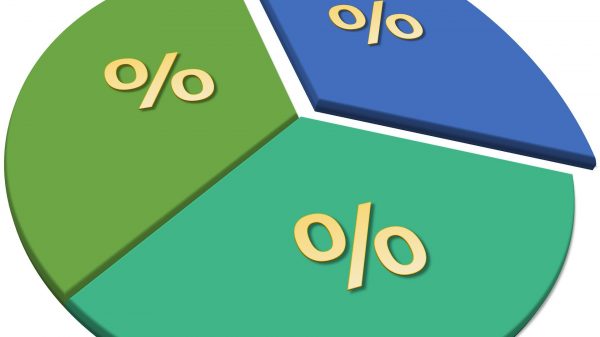Before talking about negative amortization, there are two basic things that should be briefly explained. Namely, when taking out a loan, you should be acquainted with terms such as loan amortization and loan amortization schedule. In simple words, loan amortization is the process of paying off the principal amount of your loan. The repayment is usually executed through equal and regular payments each month, i.e., monthly payments.
While loan amortization is the process of repayment of the principal amount of your loan, the loan amortization schedule provides a certain overview of this process. Meaning that the loan amortization schedule can be considered as a loan repayment schedule, usually in the form of a table. The objective of the loan amortization table is to give insight into the loan repayment by showing the schedule of all loan payments you will have during the life of the loan.
A loan amortization schedule is an important part of your loan documentation. It basically shows different items associated with your loan as well as the overall cost of the loan. You can also get information about the interest rate, repayment period, the date for your monthly payments, as well as the remaining principal amount.
By now, it is obvious that amortization represents the process of paying back your loan. That being said, it turns out that amortizing your loans means that the principal amount owed is decreasing with each monthly payment. Stated differently, you are reducing your debt with each monthly payment. Just for clarification, this is so because the monthly payment consists of two parts, one part goes toward principal repayment, and the second part goes toward interest charge. If amortization is gradually repayment of the loan, then what is negative amortization?
Negative amortization defined
If your logic says that negative amortization would be the opposite of loan amortization, then you are right. Negative amortization is the process of increasing the principal balance of a loan because the monthly payments are not enough to cover the interest due. The difference between the interest due and the interest paid with the monthly payment is added to the principal amount of a loan. Eventually, the borrower will end up owning more money.
For example, let’s say that the interest payment on a loan for a specific period is $350, while a $300 payment can be made in accordance with the agreement. The difference of $50 is added to the principal balance.
Negative amortization can occur with adjustable-rate mortgages having a payment option in their agreement. Fixed-rate mortgages could also have the possibility of negative amortization. This type of fixed-rate mortgage is called a graduated-payment mortgage (GPM).
The question then becomes whether it is wise to allow for a negative amortization feature in your mortgage loan. Another question is whether you should pay the full interest when due or you should allow for the interest payment to be added to the principal balance of the loan. Just to confirm, this is negative amortization.






